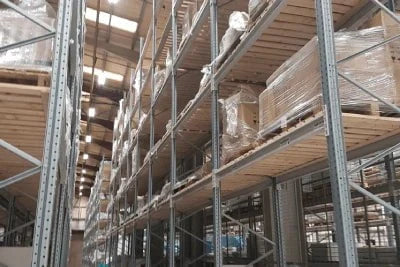Pallet Racking Locking Pins - The latest SEMA advice

SEMA have just released their latest bulletin which includes advice on pallet racking locking pins; why they are so important and what are they designed to do.
Q. I have a question regarding locking pins. Are these designed to break in the event of a pallet on the lower level being lifted too high and putting pressure on the cross member above?
A. In short, yes, they are designed as shear pins. The Code of Practice requires a minimum upwards shear of 0.5 Tonne though most manufacturers’ products perform somewhere between 0.5 and 1.0 Tonne.
Given that most trucks can exert an upwards force substantially more than this, the idea is to allow the beam to pop out if this force is applied accidentally. It is intended that any resulting accident will be limited to the collapse of a couple of pallets.
If the beam does not dislodge the result will be to destroy the upright in the vicinity of the connector which can result in a whole upright collapsing which in turn results in all the beams in that bay falling and rotating against the next upright down the aisle potentially causing this to also collapse and so on. The ultimate result can be a chain reaction collapse along a full run of racking which is not at all desirable.
Hence, unless absolutely necessary the manufacturer's connector locks should be used and nut and bolt substitutions for missing connector locks are not recommended.
If you would like any more advice regarding pallet racking please contact us on 01430 410450.






